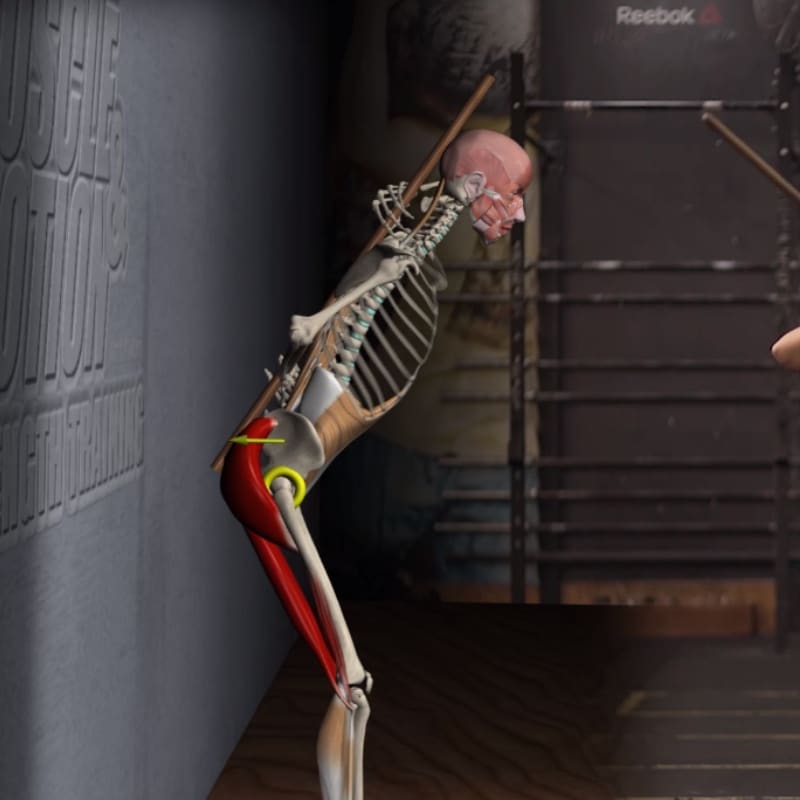This is one of the most essential exercises for trainees to learn. Dive deep into the importance of mastering the Hip Hinge!
The hip hing: a movement that seems so simple but, in fact, isn’t!
The hip hinge is a deceptively simple yet vital movement that entails bending the body downward. However, achieving proper execution requires careful attention and focus, especially when it comes to effectively loading the muscles involved.
The hip hinge is a fundamental movement pattern that involves flexing at the hips while maintaining a neutral spine. It primarily engages the posterior chain muscles, including the glutes, hamstrings, and lower back.
This movement pattern is commonly used in exercises like:
- Deadlifts
- Kettlebell swings
- Romanian deadlifts
- Kang squats
And more..
Beyond the realm of fitness, the hip hinge holds significant importance in our everyday lives, particularly when it comes to frequently lifting objects off the floor.
How to hip hinge: step-by-step
- Stand with your feet shoulder-width apart, maintaining proper alignment of your torso. Engage your core by tucking your tailbone and pulling your navel towards your spine.
- Begin the movement by bending at the hips, aiming to touch the wall with your buttocks. Throughout the exercise, ensure the dowel remains in contact with the three designated points on your body.
- Pay close attention to the dowel, as it will help you maintain proper form and prevent any excessive rounding or curving of your back.
- As you descend, focus on feeling a stretch in your glutes and hamstrings. This indicates that you are performing the movement correctly.
- Once you feel a significant stretch in your hamstrings, reverse the movement to return to the starting position.
Initially, you may experience tightness or discomfort in your hamstrings. However, with proper form and repetition, the muscles will gradually adapt and become more flexible. Remember, everyone’s hamstring flexibility differs. If you have shorter or average hamstring flexibility, only bend until you feel a stretch in your hamstrings. Avoid trying to imitate those with greater flexibility and work within your own range of motion.
Which muscles are active during the hip hinge?
The hip hinge primarily targets two major muscle groups: the gluteus maximus and the hamstrings. These muscles play a crucial role in hip extension and are engaged during the hip hinge movement.
- Gluteus maximus: As the largest muscle in the buttocks, the gluteus maximus is responsible for hip extension. During the hip hinge, it contracts to drive the movement and generate power.
- Hamstrings: The hamstrings are a group of three muscles located at the back of the thigh. During the hip hinge, the hamstrings work with the gluteus to extend the hip and stabilize the knee.
In addition to the primary target muscles, several stabilizer muscles play a supportive role in the hip hinge movement:
- Erector spinae: These include muscles such as the erector spinae, multifidus, and longissimus, which stabilize and extend the spine. They help maintain proper spinal alignment and prevent excessive rounding or curving of the back during the hip hinge.
- Transversus abdominis: A deep abdominal muscle that acts as a stabilizer for the core and pelvis. It plays a role in maintaining proper spinal alignment and providing stability during movements like the hip hinge.
By targeting the gluteus maximus and hamstrings, and engaging the stabilizer muscles, the hip hinge exercise promotes strength, stability, and proper movement mechanics in the posterior chain and core.
Want to learn more?
To gain full access to advanced knowledge of over 1000 Strength Training Exercises, SIGN-UP for FREE to Muscle & Motion’s Strength Training app.
Written by Uriah Turkel, Physical Therapist and Content Creator at Muscle and Motion.


